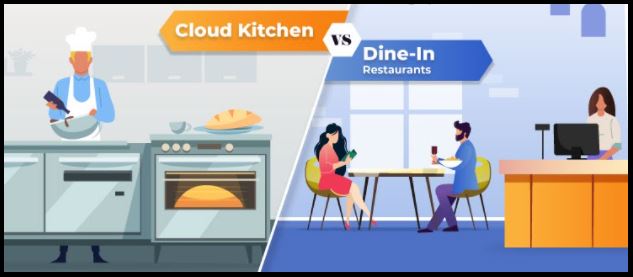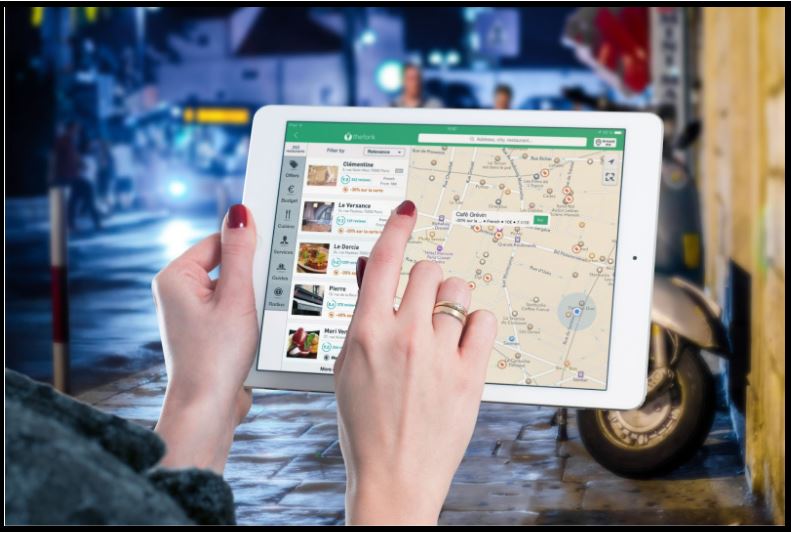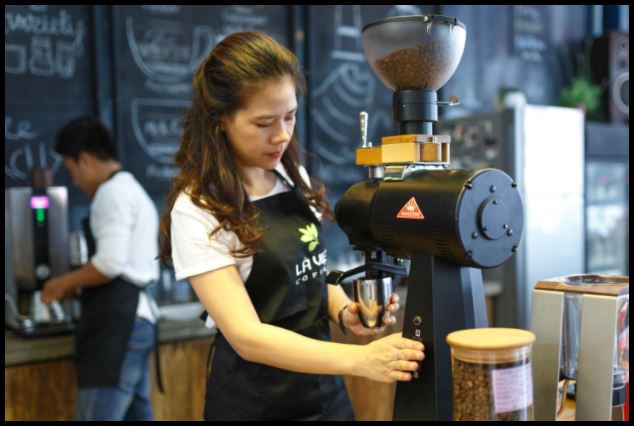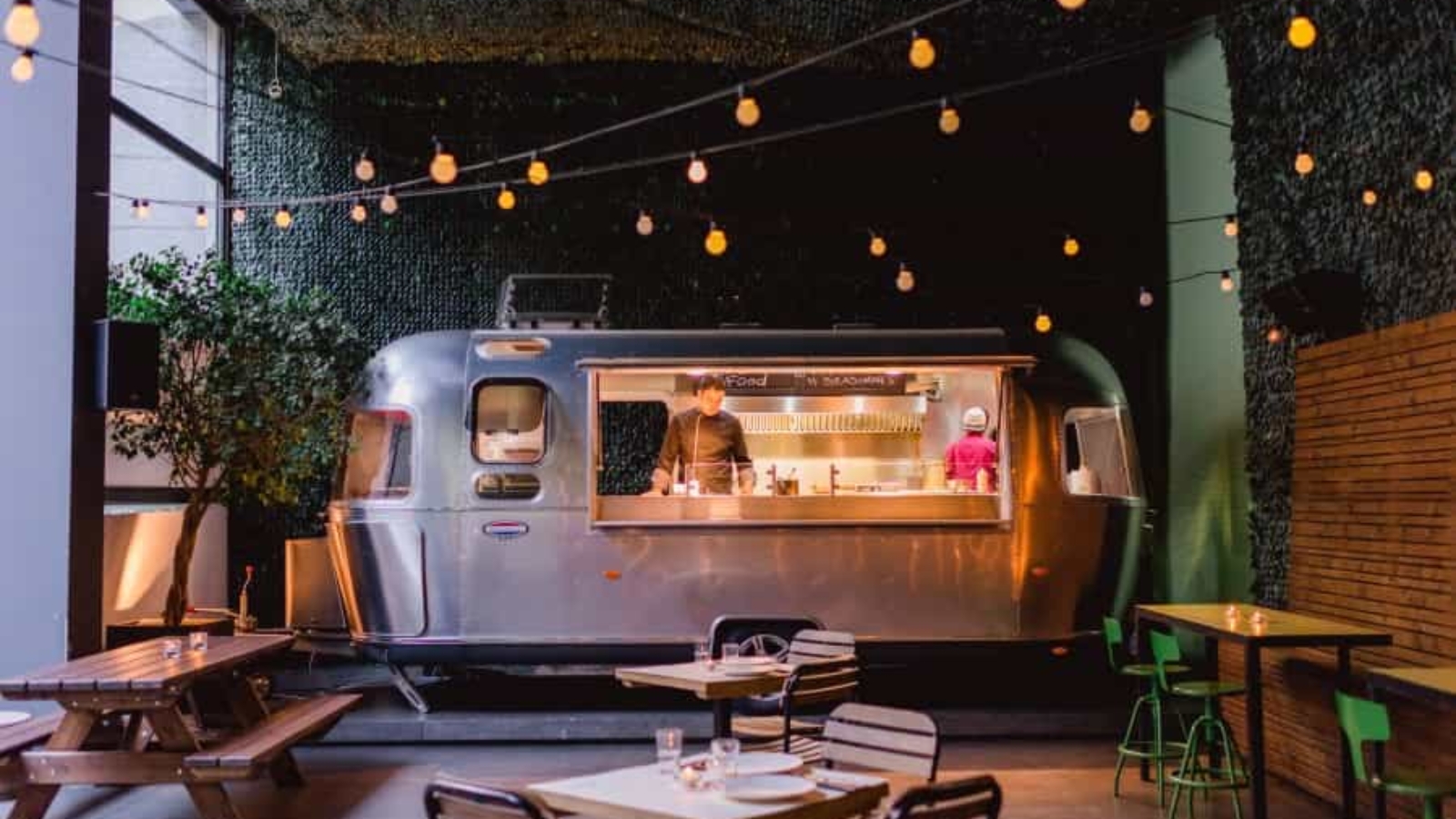The Cloud kitchen model has been the most preferable model for most food business owners these days. Rather than spending hefty amounts on fancy interiors and decoration in restaurants, it has become easy for them to open a cloud kitchen that requires none of these.

After this pandemic, the restaurant industry has faced a huge loss as people are now more concerned about their safety and hygiene. So, most restaurant and cafe owners are now shifting towards the cloud kitchen model. It has become feasible and an efficient option for them.
When you differentiate cloud kitchens from restaurants or cafes, there are some major factors that make the cloud kitchen a better and profitable model.
At the end of this article, you can easily decide which model is the best to start with and also how cloud kitchens stand out from a restaurant in various aspects.
1. Investment
In cloud kitchen,
- Low initial investment (Renting out a big space is not required. The minimum area required is 200-300 sq ft)
- Low operational cost (Minimal Staff requirement)
- Designing of interior and exterior costs neglected.
- Only equipment maintenance is required.

In restaurants,
- High initial investment (Renting of big space is required. Minimum space required is 550-750 sqft)
- High operational cost (Have to hire staff for the management of restaurant)
- The design of the interior and exterior is high.
- Have to spend on additional charges such as ac maintenance, security guard, etc.
2. Location
In cloud kitchen,
- Can be located anywhere(backside of apartment, individual residential property)
- Doesn’t require much space to set up
- Can be operated from your own residence.

In restaurants,
- Have to be located in a good locality/central market
- Requires large space to set up
- Can’t be operated from own residence
3. Staff
In cloud kitchen,
- Minimal staff is required
- 1 or 2 chefs is enough to run the kitchen
- No additional cost is required for hiring waiters, managers, etc.

In restaurants,
- Having more staff is compulsory for the smooth running of the restaurant.
- More chefs are required for serving people faster
- Additional costs are required for hiring waiters, managers, etc.
4. Scalability
In cloud kitchen,
- Can be expanded easily
- Franchises can be taken in a lower value
- Can grow their kitchen at low cost

In restaurants,
- Requires large investment for expansion.
- Franchises of dine-in restaurants are higher
- Requires proper location, planning, staff to expand
5. Multiple Brands Under The Same Roof
In cloud kitchen,
- Can open multiple brands under the same roof
- Do not require various kitchens to operate separately
- Same chefs can prepare recipes for all the brands

In restaurants,
- Can’t have multiple brands under the same roof
- Requires separate kitchens to operate for multiple brands
- More chefs, staffs, are required to handle the restaurant
6. Higher Profit
In cloud kitchen,
- Can save on high rental costs
- Can save on additional labour costs
- Can save on maintenance charges, staff salaries, decoration expenses

In restaurants,
- Can’t save on high rental costs
- Can’t save on additional labour costs
- Have to bear the expenditure of the staffs, maintenance charge, high electricity bills, etc.
- This lowers the profit margin when compared with cloud kitchen
I hope this article gives clarity on how cloud kitchens and restaurants are different from each other in various aspects. These factors differentiate that the cloud kitchen model is more profitable than starting any restaurant or cafe.
Thank you!


Add a Comment